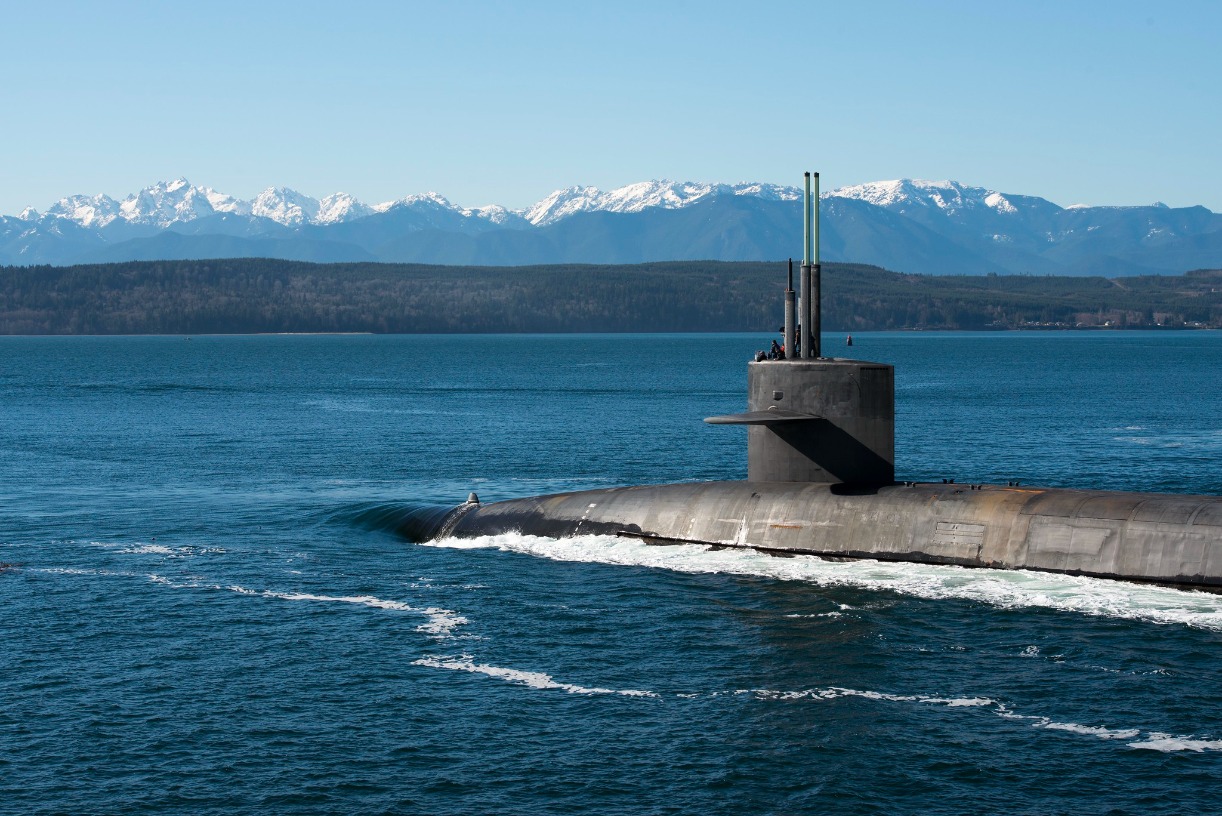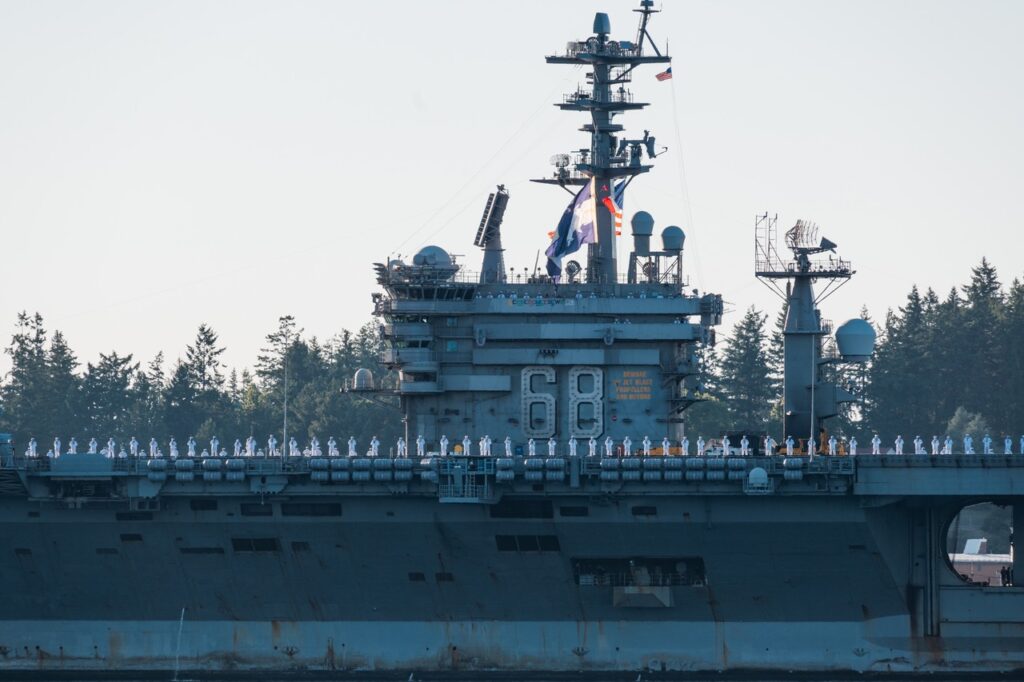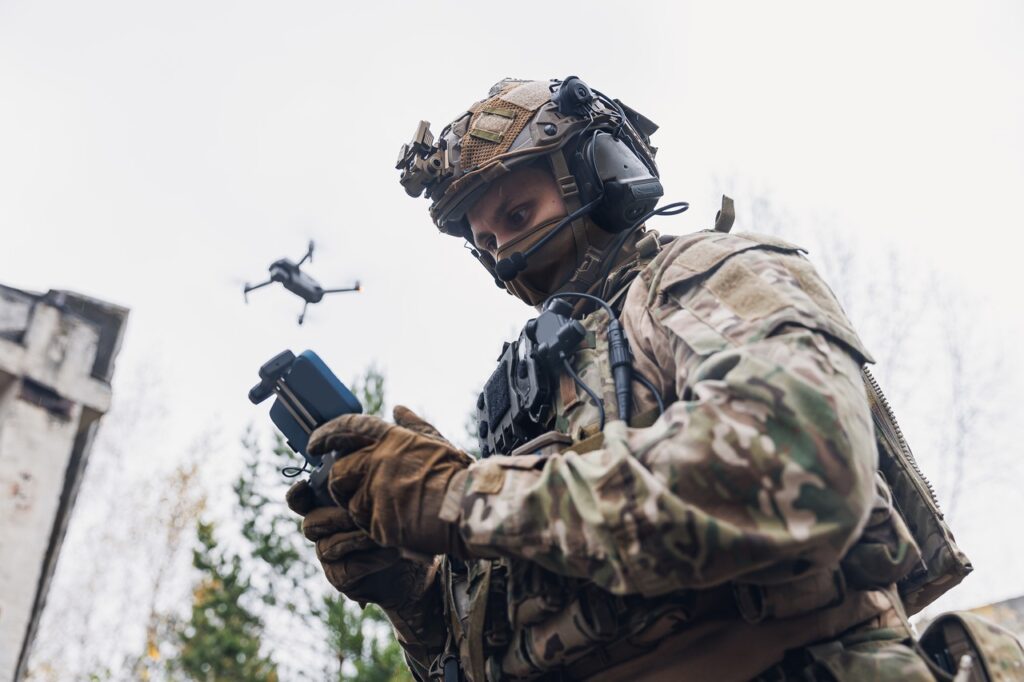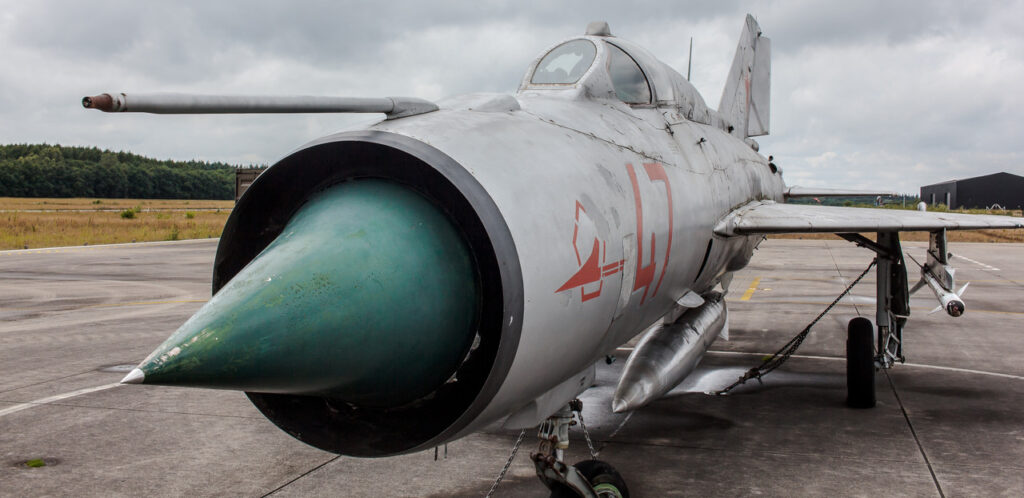
The Ohio-Class Submarines Soon Wont Be the World’s Deadliest
Here’s What You Need To Remember: The Ohio SSGNs’ awesome firepower, however, will only remain in the U.S. Navy for around another decade or so, at which time the entire fleet of Ohio-class submarines will be gradually replaced with the new Columbia-class ballistic-missile submarines.
The Ohio-class ballistic-missile submarine (SSBN) was built to destroy cities and military installations in the event of a nuclear war—or more precisely, to deter adversaries from ever starting one. However, following the end of the Cold War, the U.S. Navy determined that it didn’t need all eighteen of its underwater horsemen of the apocalypse for the nuclear deterrence mission.
The Navy first intended to scrap the four oldest of the massive submarines, but instead opted to overhaul and convert them to launch Tomahawk land-attack cruise missiles (TLAM) at a cost of $700–900 million each. These vessels were redesignated Ohio-class guided-missile submarines (SSGN) and intended to deliver conventional attacks on targets on land. The Ohio and Florida began the nuclear refueling, overhaul and armament upgrade in 2003 and were back in service by 2006, while the Michigan and Florida followed in 2008.
The Ohio-class SSGN bristles with more conventional firepower than any comparable vessel because its twenty-four missile tubes (eighty-eight-inch diameter) were originally designed to carry enormous Trident ballistic missiles. Twenty-two of them were refitted with Tomahawk launch canisters with seven missiles each, for a total of 154 Tomahawks missiles, all of which can be ripple-fired from underwater in the space of six minutes. This is likely to be a heavier cruise-missile armament than an entire surface task force.
The Tomahawks, which each cost over $1.5 million, are capable of delivering a thousand-pound warhead to land targets as far as a thousand miles away, guided via GPS. This, incidentally, means that Ohio SSGNs are carting well over $200 million in missiles when fully loaded.
The Ohio SSGN is also a multimission craft. The remaining two launch tubes have been converted into special undersea locks for deploying more than sixty Navy SEALs on special operations. The tubes can also launch underwater unmanned vehicles (UUV), SEAL delivery vehicle (SDV) midget submarines, sonar buoys and other aquatic sensors.
The nuclear-powered submarines were soon performing more conspicuous operations than their Trident-armed cousins. In 2010, Ohio, Florida and Michigan all participated in a show of force in reaction to a Chinese missile test, surfacing separately off of Diego Garcia, the Philippines and South Korea at roughly the same time. In 2011, the USS Florida launched ninety-three missiles targeted at Libyan air defenses in support of Operation Odyssey Dawn, all but three of which hit. The missiles helped clear the way for the warplanes of the anti-Qaddafi coalition to begin operations over Libyan airspace. This marked the first occasion in which an Ohio-class submarine fired in anger.
What purpose do these cruise-missile-launching behemoths serve? Why not use surface warships to launch the long-range Tomahawk, or even dispatch carrier strike planes using much cheaper precision-guided munitions? Quite simply, the stealthy SSGNs can get closer to enemy coastlines without being detected, enabling them to hit targets further inland and to deliver a massive missile strike, while exposing themselves far less than a surface ship or aerial strike package.
Deadly new long-range anti-shipping missiles, such as the Russian Kalibr cruise missile, which can be fired from land, air or sea platforms, make littoral waters perilous for large surface ships like aircraft carriers and missile cruisers. Even carrier-based aircraft would require the carrier to sail within eight hundred miles of a hostile coastline, within striking distance of a variety of carrier-killing weapons. By contrast, nuclear-powered submarines are extremely difficult to detect and track thanks to the very limited noise produced by their nuclear reactors and their ability to remain submerged for the duration of an entire long-range mission. An adversary would have difficulty detecting an Ohio SSGN before it launched its missiles—and after doing so, the submarine could dive deep and run silent to evade retaliation.
In fact, TNI contributor Ben Ho Wan Beng has already described how Ohio-class SSGNs could be used to “kick down the door” by suppressing anti-aircraft and anti-shipping missiles in a first strike, paving the way for aircraft and surface ships to exploit the resulting gap in an adversary’s defenses—a role the USS Florida played in the Libya intervention.
The Ohio SSGNs’ awesome firepower, however, will only remain in the U.S. Navy for around another decade or so, at which time the entire fleet of Ohio-class submarines will be gradually replaced with the new Columbia-class ballistic-missile submarines. The conventional land-attack role will be taken up by the large fleet of Virginia-class attack submarines, which can be equipped with the Virginia Payload Module to launch up to forty Tomahawks each. While this means it will take four Virginia-class submarines to equal the firepower of a single Ohio-class, it will distribute that firepower more widely across the fleet and will likely prove adequate in most scenarios—short of World War III.
But until then, the four Ohio SSGNs will remain the most heavily armed cruise-missile submarines in the world and will provide a devastating potential tool for circumventing and countering adversaries relying on anti-access/area-denial strategies.
Sébastien Roblin holds a master’s degree in conflict resolution from Georgetown University and served as a university instructor for the Peace Corps in China. He has also worked in education, editing and refugee resettlement in France and the United States. He currently writes on security and military history for War Is Boring.
This first appeared in January and is being reposted due to reader interest.
Image: Flickr.


